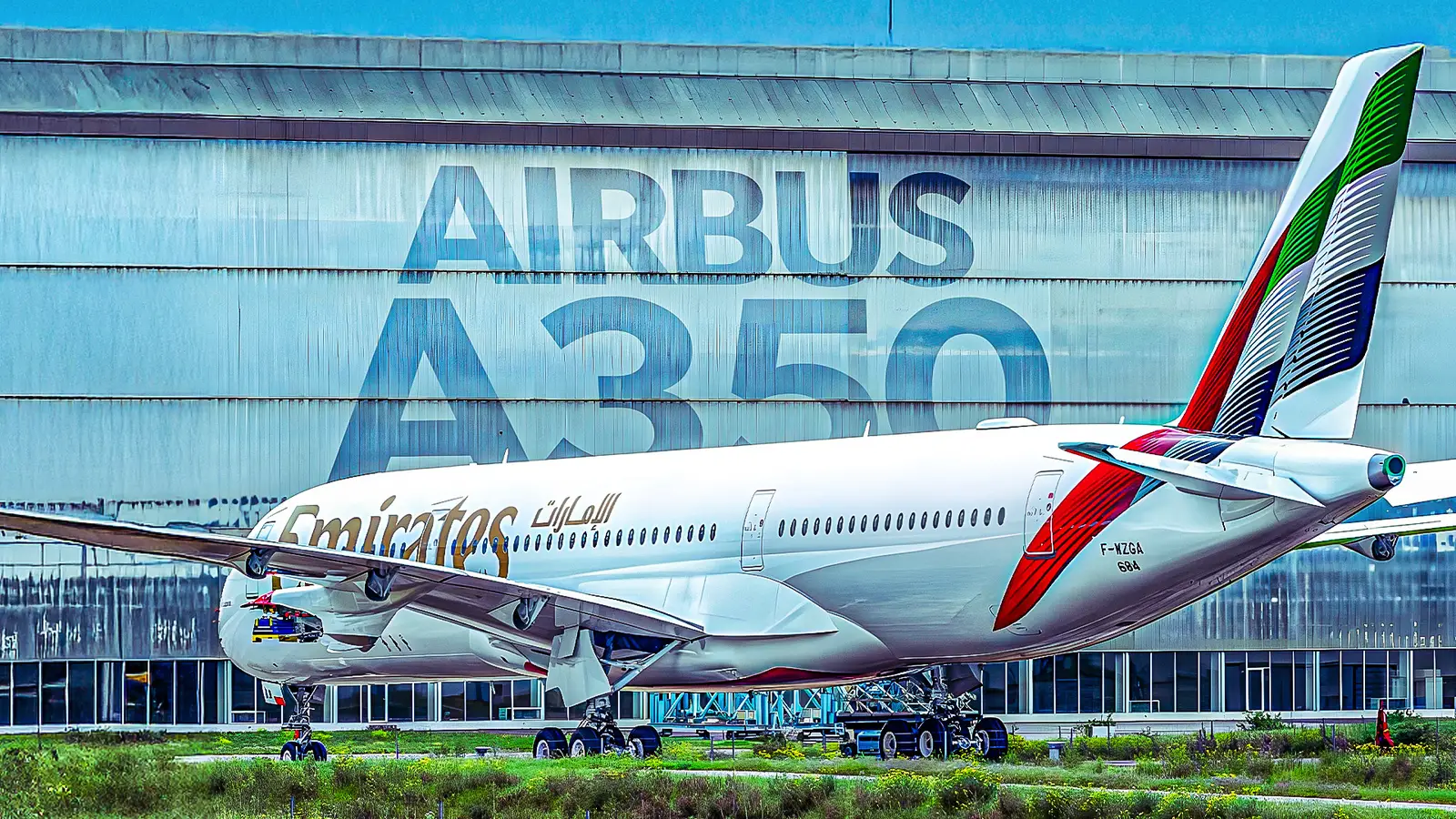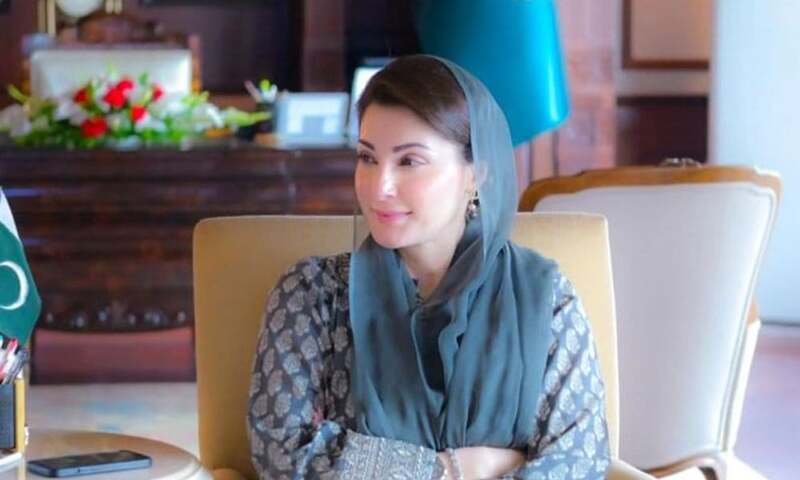Copyright Simple Flying

The Hong Kong and Shanghai Banking Corporation (HSBC) has announced that it will be financing the acquisition of six Airbus A350-900 aircraft for Gulf carrier Emirates through Japanese Operating Leases with Call Option (JOLCO) structures, marking Emirates' return to the leasing market after a near six-year absence. Five aircraft financings have closed, with a sixth in the works. This deal deepens a 40-year relationship between HSBC and Emirates and supports Emirates' broader fleet renewal. This includes 65 Airbus A350-900 aircraft, which will be delivered through 2028. These Airbus A350, which are already in service at Emirates, help the airline expand the reach and versatility of its network while improving overall fuel burn and cabin comfort. JOLCOs typically deliver around 100% asset funding through Japanese investor vehicles, diversifying funding beyond the traditional forms of funding for business expansion in Gulf nations. This will also allow the airline to preserve the state of its balance sheet to support future growth initiatives. What Are The Key Developments In This Story? HSBC has officially been mandated to finance six Airbus A350-900s for Emirates, already closing five of six transactions under specific lease agreements. This move will revive Emirates' use of Japan-sourced operating leases after a large six-year gap was created, and it underscores a four-decade banking partnership that exists with HSBC, according to reports from The Khaleej Times. Executives from both firms have confirmed the agreement in Dubai as Emirates accelerates its widebody fleet refresh and looks towards further long-term capacity growth. The Airbus A350 is a critical component of the airline's fleet, which currently includes more than 260 aircraft. These A350 jets join a large order book, which also includes commitments for the Boeing 777X and the Boeing 787 Dreamliner. There are currently 65 Airbus A350-900 models on order by the carrier, with deliveries set to run into 2028. The carrier is going to align financing and fleet plans to open thinner long-haul markets and enhance overall efficiency on routes to Europe and Asia. What Are The Financial Implications For Emirates? Using JOLCO agreements allows Emirates to tap into Japanese equity and debt markets in order to gain 100% of the capital needed at competitive after-tax economics for investors, often lowering all-in lease costs over traditional loans. It also allows the airline to maintain option flexibility through the agreements' call feature. This diversifies away from export-credit and capital-markets-funding, instead preserving conventional bank funding for other expansion needs. Across the board, this move improves liquidity for the state-run carrier. The airline will use this particular maneuver to gain access to six Airbus A350 jets in a simpler arrangement that reduces both timing and overall execution risk amid increased pressures on the airline's long-haulsegments. Key trade-offs for the airline include potential foreign exchange and rate-reset exposures and the need to manage Japanese nuances throughout the life of leases. The package ultimately supports capacity growth, moderates the weighted average cost of capital (WACC), and helps align lease terms with Airbus A350 deployment plans going into the late-2020s. What Does All Of This Mean For Passengers? Passengers will see two immediate wins, with better cabins and broader access to city pairs, both making their way to the airline's operational service network. The Airbus A350-900 brings along lower cabin noise, higher humidity, and improved pressurization, all of which reduce fatigue on long-haul sectors. Emirates is already deploying the type on medium- and long-haul routes where comfort matters the most. The aircraft's overall economics make thinner, nonstop links viable without the demand needed to support an Airbus A380 or Boeing 777-sized operation. This allows travelers to expect more point-to-point options and fewer connections through global hubs, improving the overall experience. As additional airframes arrive, schedule reliability tends to improve significantly, with newer aircraft with commonality and strong fuel efficiency giving planners more flexibility to keep frequencies intact during maintenance peaks. Over time, Emirates will look to refine overall product consistency by introducing upgraded interiors across its growing A350 subfleet. This will ultimately result in quieter cabins, larger windows, in-flight entertainment refreshes that match the airline's premium footing, and improved privacy for passengers.\



